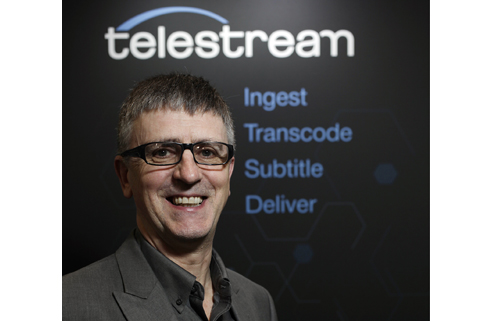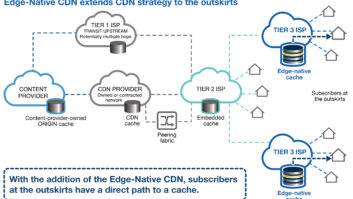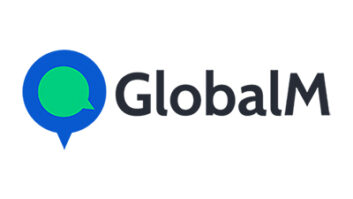
It turns out that there are quite a few things you can do with a media processing platform and one of them is to slash the cost of distributing video over the internet.
Telestream has just launched what VP international sales George Boath (pictured) describes as a “radical new piece of technology” which can “dramatically reduce the cost of delivering content OTT.
“When you put your movie or programme on multi-screen you pay a CDN for every bit you deliver to every set of eyeballs,” he explains. “The more popular it is, the more it costs you, and the better the quality the more it costs you.
“We know that the largest CDN – Akamai – makes a billion dollars a year just from video delivery. Clearly someone is paying a lot of money to get content to viewers. Telestream’s Vantage ABR Optimize will enable people to make up to 30-40 per cent savings on delivery costs without reducing the quality to the viewer.”
That’s a bold claim and Telestream is not the first company to make it. Boath explains how it is done.
“Whether you want to watch on iPlayer or ITV Player, for example, your player takes the highest bitrate provided according to the bandwidth you have got. That’s Adapative Bit Rate working. But all video is not consistent. Some element of every piece of content will be very simple visually and easy to encode. We can achieve the same quality as the highest bitrate but at a lower bitrate by examining every frame and modifying the file delivery.”
So a file with 10Mbps quality can be delivered by ABR Optimize at 2Mbps to 5Mbps data rates because certain scenes leading to a 30-40 per cent reduction in payload translated directly into a reduction in cost.
What’s more, Telestream says there’s no need for any change in the player.
“Other solutions to this goal have required proprietary players but that swapping out millions of players in the world’s iPads is virtually an impossible task and we are not implementing it.”
Baoth also says the technology will allow the network infrastructure to carry more subscribers and more viewers. “So in situations where customers own the network infrastructure they can serve more viewers.”
Telestream describes Vantage, its flagship processor, as a workflow automation platform with transcoding at its heart. The company has found new ways it can use this and recently announced a blizzard of additional services addressing several parts of the content production process.
“We just released a pretty significat update package to Vantage so it was perfect timing for this show,” says Boath.
“Whether you are a producer and your problem is getting a large amount of content off camera to the edit quite quickly, or you are trying to produce a finished edit out to DPP deliverables for broadcast quickly and accurately, or you want to insert subtitles into content, or automate publishing to multiple social media sites – we have a solution for it.”
Boath says Telestream – which is still privately owned – doesn’t wish to focus on just growing its business selling transcoding which in any case “has a finite limit” but to offer a similar set of services on different computer platforms. It has solutions for the cloud and on-premises and is teasing a number of further developments to be unleashed in April.
“Our starting point is an expertise in transcoding and an understanding of file formats and infrastructure systems,” he says. “We realise that this core function is connected to many different tasks and that as processing speeds increase we are able to move into many different parts of content production.”
K06







